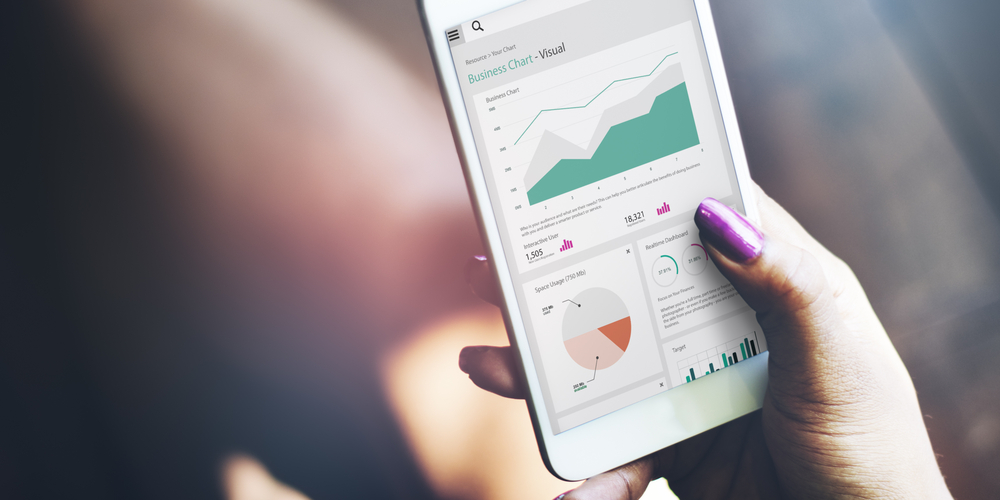How to Set Up Marketing Automation for your Business
Marketing automation is about turning your marketing practices or communication with customers into processes that are systemized and automated.
It brings value to businesses by saving time and costs, and minimizing human errors. Essentially, they improve the overall efficiency of businesses by taking care of mundane, repetitive tasks to make way for more important decision-making.
Fortunately, turning brand communications and customer interactions into automated processes does not mean sacrificing service quality or responsiveness. This is because automation platforms still allow you to design your workflows and customize your services in great detail, leaving room for creative modifications and adjustments.
Here’s how you can set up your own marketing automation process:
-
Map out your whole process
Your planning process should start with a clear idea of your whole customer journey, which covers every single point of contact you have with your customers, from the very beginning (i.e. awareness and reach) to post-purchase interactions.
It is basically your entire marketing supply chain, and it would serve as a guide that informs you about which processes are the most critical for your marketing practice, and which ones can or cannot be automated.
-
Determine your objectives
Like any other business plan, your strategy should begin by setting the right goals. These objectives can look like: acquiring more customers, increasing marketing ROI, optimizing productivity, measuring performance, and many more.
Knowing what you hope to achieve or what you want to get out of marketing automation, and understanding the areas in which you are lacking, will serve as a strong foundation for your marketing strategy later on. Such awareness is achieved by having a 360-degree view of your strengths, weaknesses, opportunity and threats.
Furthermore, having thorough knowledge about your audience can definitely help you understand the space you’re working with. Conducting research (both internal and externally) on what your audience likes, or what they would like going forward, can inform you about their preferences.
These include understanding their behaviors and the time they spend on social platforms, websites and applications, so you can deliver the right messages, to the right people, at the right time and place.
-
Build a marketing automation plan
Based on the objectives that you have set and the market research conducted, you should form a well-thought-out marketing strategy that guide each one of your marketing decision to a single direction.
Your marketing strategy would cover the more general approach and media channels you utilize to reach your audience, such as: website, social, email and mobile marketing. Afterward, you can go into greater details about the tactics you want to include in your strategy. For example, shopping basket reminders, automated responses and messages, curated content, push notifications, chatbots, and much more.
As marketers, you don’t need to worry about utilizing every single tool and platform. Rather, you should pick several communication channels that are most relevant to your audience base, and tailor your message for each segment accordingly.
-
Set up your marketing automation tools
There are a variety of marketing automation tools you can choose for your strategy, such as HubSpot and Salesforce for comprehensive customer relationship management (CRM), MailChimp for email marketing management, and Zapier for connecting different platforms altogether. A one-stop-shop platform like Salesforce can even extend to sales, commerce and service automation.
While those platforms may offer different features, what you would generally do is set certain “triggers” or networks of rules to initiate certain responses and courses of actions. At this stage, you would have to map out your desired process in greater details, outlining the optimal process step-by-step, covering the whole workflow. For instance, you can have workflows that record and change client information straight to the database, send tailored reminder emails, interact as customer service post-purchase, and so on.
Furthermore, you can connect different applications to one another and set triggers that bridge one application to the next, like setting triggers on Facebook that automatically direct the responses to your MailChimp email list.
Having segmented responses to specific cues allow you to automatically send curated content to your desired audience. This way, you are not wasting both your and your audience’s time by offering information that is not relevant to them.
-
Evaluate your strategy
Marketing in the digital age revolves around data and analytics. Measurable data allows you to keep track of your performance and evaluates your marketing campaign. You can assess your general marketing performance, as well as how you perform in relation to your set objectives (as long as you know the right metrics).
By using these insights to inform your next decision, you can constantly fine-tune your marketing efforts and establish a continuous feedback loop that keeps on improving your marketing practice.



